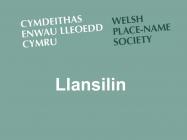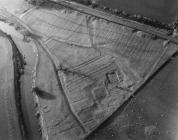Content can be downloaded for non-commercial purposes, such as for personal use or in educational resources.
For commercial purposes please contact the copyright holder directly.
Read more about the The Creative Archive Licence.
Description
Meiuot 12g. (13g.), Meyuod 1232, Meyvot 1239, Meyvod 1254, Meyuot 1265, Meynot 1278, Meynoth 1278, Meyfote 1287, Meivot 1346, eglwys Tysiliav yn Meivot 1160 (14g.), eglwys Veir yMeiuot 1156 (c.1400), Ymeiuot c.1155-95 (c.1400), Meyvotte within Powys Lande 1443, Myvod c.1520, Myvot 1535, Meifod ymhowys c.1560-90.
Probably Welsh mei(dd), 'middle', as in Meidrim, Carmarthenshire (with trum, 'ridge summit') and bod, 'permanent home, abode, dwelling'. The traditional explanation is that the name contains the Welsh element of the month of May, that is, 'the home occupied in May', rather like ‘hafod’ 'summer home', a place occupied by farmers and their livestock during summer. This might be an appropriate interpretation of place-names such as Feifod (corruptly Vivod
SJ 190423: Plas yn feifod 1838) Denbighshire and Gwernfeifod (SJ 093289: Gwern Feifod 1838) Denbighshire but hardly for Meifod which lies in the bottom of the Efyrnwy valley, a place more suitable for a permanent (and winter ) dwelling. The church is dedicated to Saints Tysilio (eglwys tysiliau yn Meifot 1160 (c.1400) and Mair/ Mary (eglwys Veir yMeiuot 1156 (c.1400). A third dedication to Gwyddfarch has been lost, probably because of his unfamiliarity.






Do you have information to add to this item? Please leave a comment
Comments (0)
You must be logged in to leave a comment